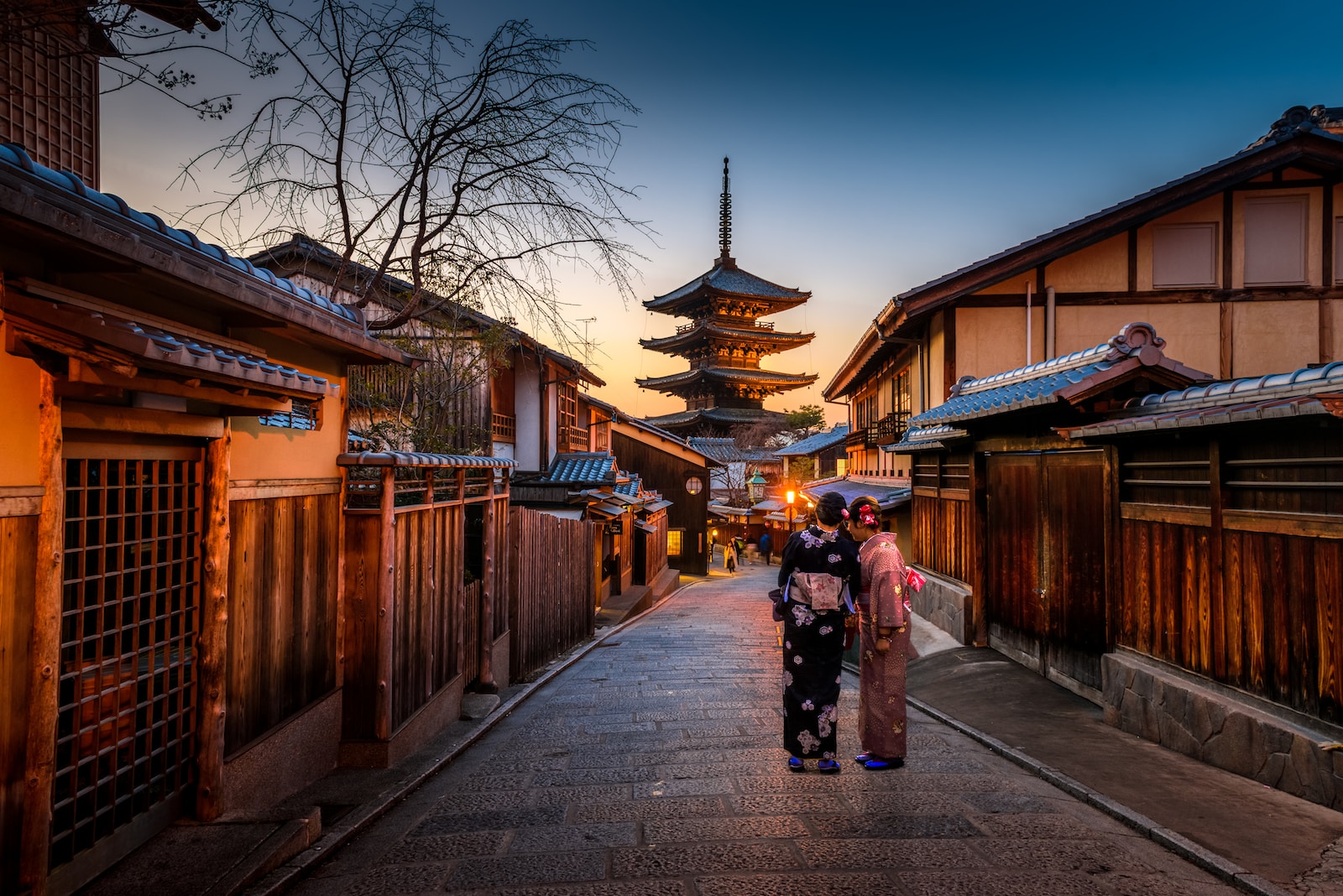Embarking on a journey to Japan, the land of the rising sun, requires more than just a passport and a sense of adventure. Timing is everything when it comes to fully appreciating this unique blend of ancient traditions and cutting-edge modernity. In this exploration, we’ll delve into the best times to visit Japan, taking into account the country’s distinct seasons, festivals, and cultural events that make each period unique. This is your guide to strategically planning your Japanese odyssey, ensuring you capture the essence of this fascinating nation.
Spring (March to May): A Season of Blossoms and Beginnings
Spring in Japan is synonymous with the iconic cherry blossoms, or sakura. This period, particularly late March through April, is a magical time when the country is adorned with delicate pink and white flowers. Imagine walking through the serene pathways of Tokyo’s Ueno Park or the historic avenues of Kyoto, enveloped in a sea of blossoms – it’s a photographer’s dream and a romantic’s paradise. Spring also brings milder temperatures, making it ideal for outdoor activities and sightseeing.
Culturally, spring hosts the Hanami festival, where locals and tourists alike gather under cherry blossom trees for picnics and celebrations, a practice reminiscent of the communal gatherings in Central Park, New York, during autumn.
Summer (June to August): Festivals and Fireworks
Summer in Japan is vibrant and lively. It’s the season of matsuri (festivals) and hanabi (fireworks), offering a deep dive into Japan’s rich cultural tapestry. From the Gion Matsuri in Kyoto, a month-long festival with elaborate parades and traditional garb, to the Sumida River Fireworks in Tokyo, summer in Japan is a time of celebration and community spirit. However, travelers should be prepared for hot and humid conditions, akin to a typical summer in Florida.
For those seeking a cooler escape, the northern island of Hokkaido provides a respite with its milder climate and breathtaking natural landscapes. The Lavender Fields in Furano, blooming in July, are a must-see, offering a sensory experience similar to the lavender fields in Provence, France.
Autumn (September to November): A Kaleidoscope of Colors
Autumn is a favorite among many travelers for its temperate climate and the stunning koyo, or autumn leaves. The transformation of Japan’s landscapes into vibrant hues of red, orange, and yellow is truly a sight to behold. Locations like the temples of Nikko and the gardens of Kanazawa become canvases of natural artistry. This season is often compared to the fall foliage found in New England, USA, but with the unique backdrop of Japan’s historical and cultural landmarks.
Autumn is also a time for enjoying seasonal cuisine, with harvest festivals celebrating the bounty of rice, sweet potatoes, and other crops. It’s a perfect time to savor local specialties, much like the harvest seasons in wine regions like Napa Valley.
Winter (December to February): Snowscapes and Hot Springs
Winter in Japan is a wonderland for those who revel in crisp, cold weather and snow-covered landscapes. The Japanese Alps offer some of the best skiing and snowboarding experiences in the world, drawing parallels to the renowned slopes of the Rockies in North America. The Sapporo Snow Festival in February showcases spectacular snow and ice sculptures, creating a winter fantasy land.
For a more tranquil experience, winter is the ideal time to visit onsen (hot springs), such as those in Hakone or Beppu. There’s something deeply rejuvenating about soaking in a natural hot spring while snow gently falls around you, a sensation akin to the hot springs of Iceland, but uniquely Japanese in setting and tradition.
Practical Tips for English-Speaking Travelers
- Language Barrier: While major cities like Tokyo and Kyoto have many English-speaking locals, it’s wise to download a translation app or carry a phrasebook.
- Transportation: Japan’s rail system is world-class. Consider purchasing a Japan Rail Pass for extensive travel.
- Etiquette: Respect local customs, such as removing shoes before entering homes and certain public spaces, and be mindful of etiquette in public baths.

